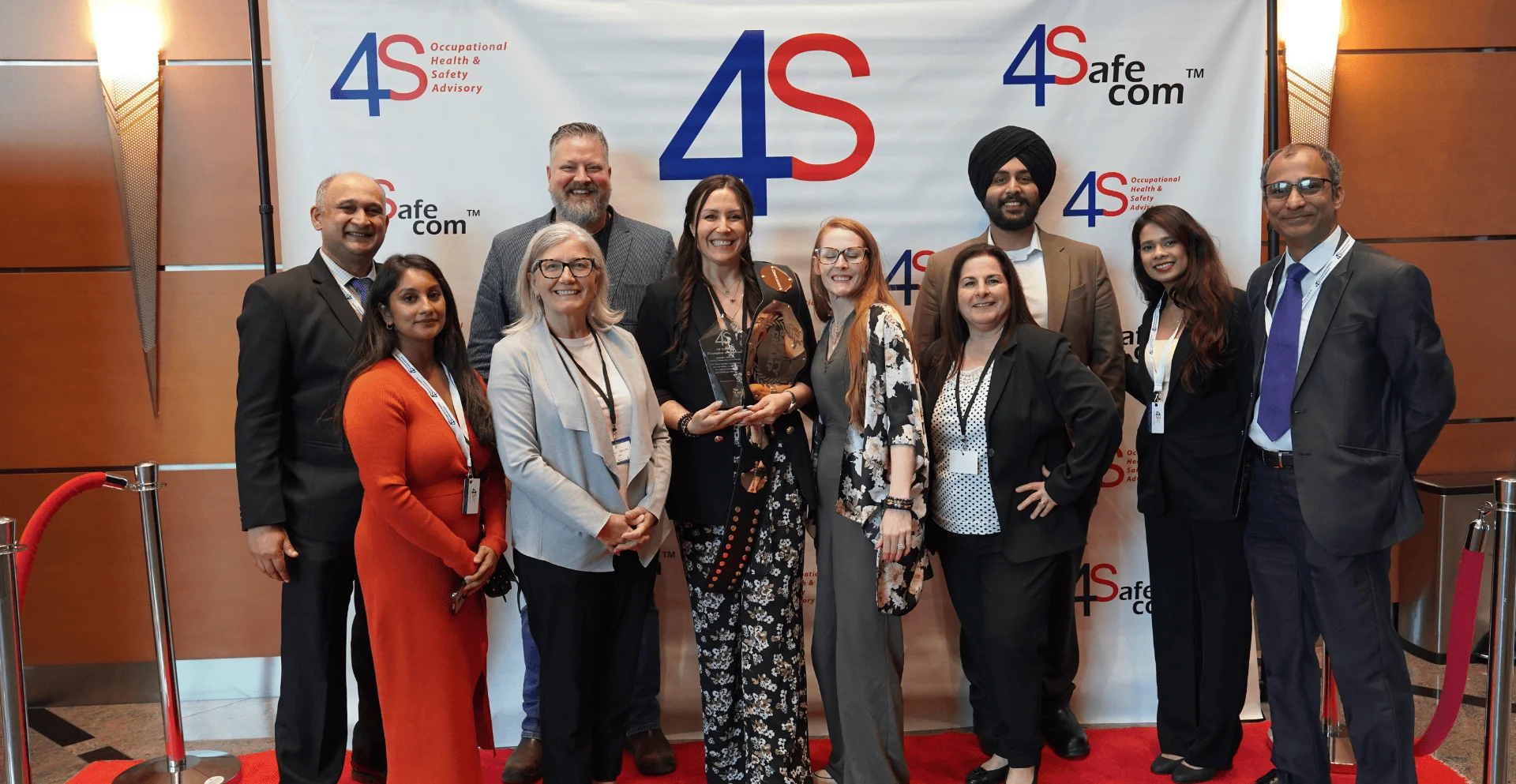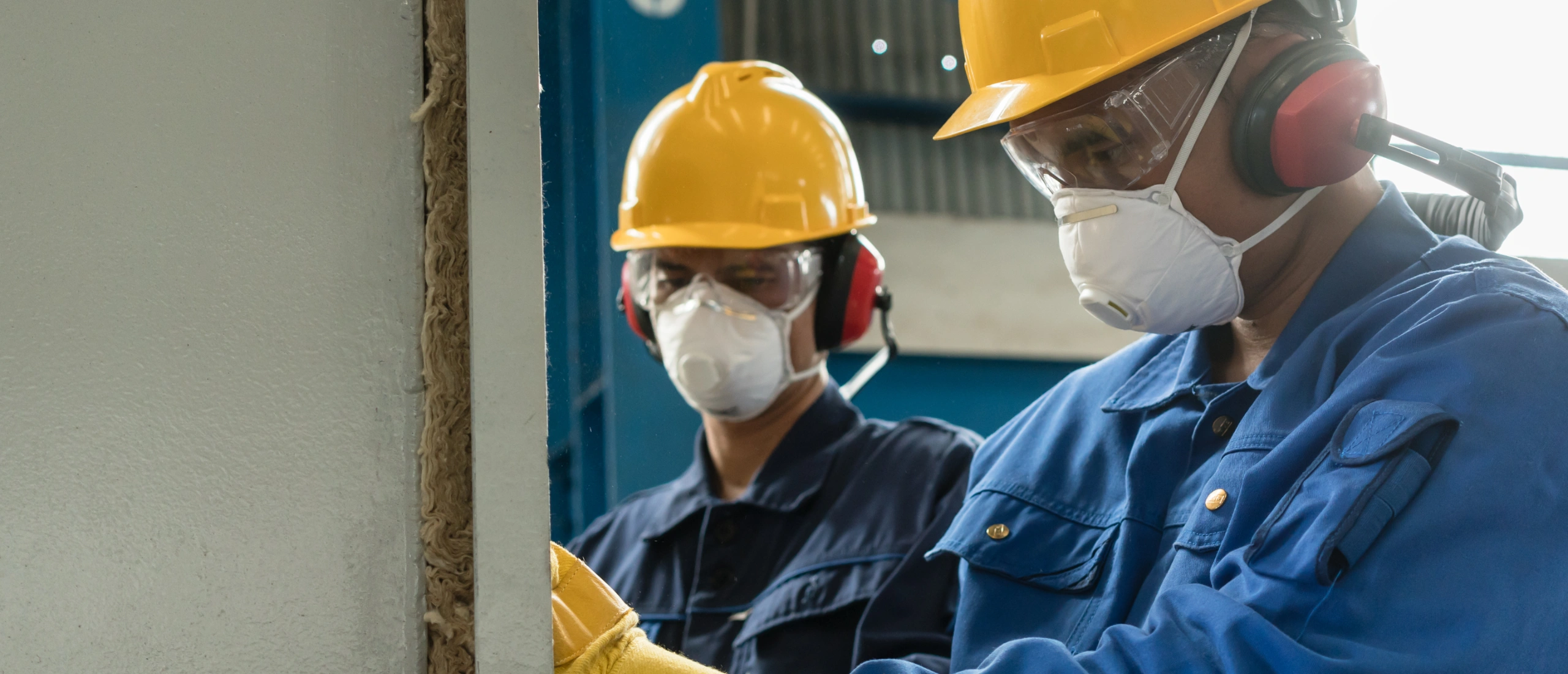
Get JHSC Certified, Fast, Flexible, and Fully Compliant
CPO-approved training that helps Ontario employers build safer, stronger workplaces.
Bundles start at $649 regular $749 limited time offer.
Browse by Category
Online Safety System

New Horizons in Safety 2025 A Powerful Gathering for Safer Workplaces Across Ontario
5 min read The second edition of 4S Consulting’s flagship event, the 4S New Horizons in Safety Leadership Summit, held on May 27, 2025, was

Grand Opening of 4S Consulting Services Advanced Office Training Center
5 min read The inauguration of our new office and training center represents far more than an expansion, it signifies a fundamental shift in how

Preventative Maintenance
5 min read Stop Downtime Before It Starts. Simplify asset management, track services, streamline maintenance, and ensure compliance with 4SafeCom Preventative Maintenance Management System Reduce
JHSC

Know Your Duties as a JHSC Member 15 Key Responsibilities
5 min read In the world of occupational health and safety, the role of a Joint Health and Safety Committee (JHSC) member is not to

Crucial Roles and Responsibilities of the JHSC
5 min read Employees commit a large chunk of their lives to their jobs. As a result, it is crucial for all companies to protect

Championing Safety at the Workplace by Understanding the JHSC
5 min read Workplaces are increasingly focussing on creating a safe and healthy workplace environment and ensuring compliance with regulations to reduce and minimize risks.
COR™

Building a Safer Future with COR
5 min read In 2022, as of January 31st 2024, a total of 264 allowed workplace fatalities were recognized in the Workplace Safety Insurance Board

Stay in compliance when expanding with ISO 45001
5 min read In 2022 alone, there were 993 workplace fatalities and nearly 348,747 lost-time injuries across various industries in Canada. ISO 45001, the internationally

Creating the Competent Supervisor
5 min read Do you remember becoming a supervisor for the first time thinking, “Here it comes… more money, responsibility… getting to tell people what
OHS

The Benefits of a Comprehensive Occupational Health and Safety OHS Program for Your Business
7 min read A well-rounded Occupational Health and Safety (OHS) program is not just a legal requirement; it is an investment in your workforce and

2025 OHSA Updates Essential Compliance Guide for Ontario Employers Constructors
5 min read Ontario’s Occupational Health and Safety Act (OHSA) is about to undergo significant legislative changes. Starting July 1, 2025, amendments introduced under the

2024 Occupational Health and Safety Survey
5 min read On May 30th 4S Consulting hosted a Safety Awareness Seminar at the Toronto Hilton North in Markham. The event was attended by
A Shared Step Toward Safer Workplaces
Ontario’s WSIB rebates and premium cuts are more than policy they’re an invitation to act.
Whether you need to optimize your safety programs, enhance employee training, or develop a safety-first culture, 4S Consulting and 4SafeCom™ can help you achieve your compliance goals.








